By Lt. Col. Harold E. Raugh, Jr., Ph.D., U.S. Army (Ret.)
Oshkosh, Wisconsin, was an average Midwestern American city in 1940. Although the Great Depression had caused severe unemployment, the economy appeared to be recovering. Family life seemed wholesome, the town was quiet, and people did not worry about locking their doors at night.
Oshkosh residents were optimistic, pragmatic, and patriotic, as the wars in Europe and in China seemed remote. But there were storm clouds building on the horizon. The National Guard 32nd “Red Arrow” Division, which contained Oshkosh and other Wisconsin and Michigan units, was called to active duty in October 1940. The United States continued to prepare for war. Then the devastating Japanese attack at Pearl Harbor shattered any illusions of peace. Many Oshkoshians served in combat and on the home front, and made many contributions to the war effort, as recounted in Bradley G. Larson’s enthralling Voices of History, 1941-1945 (Oshkosh Public Museum, Oshkosh, Wisc., 2003, 223 pp., illustrations, index, $24.95, softcover).
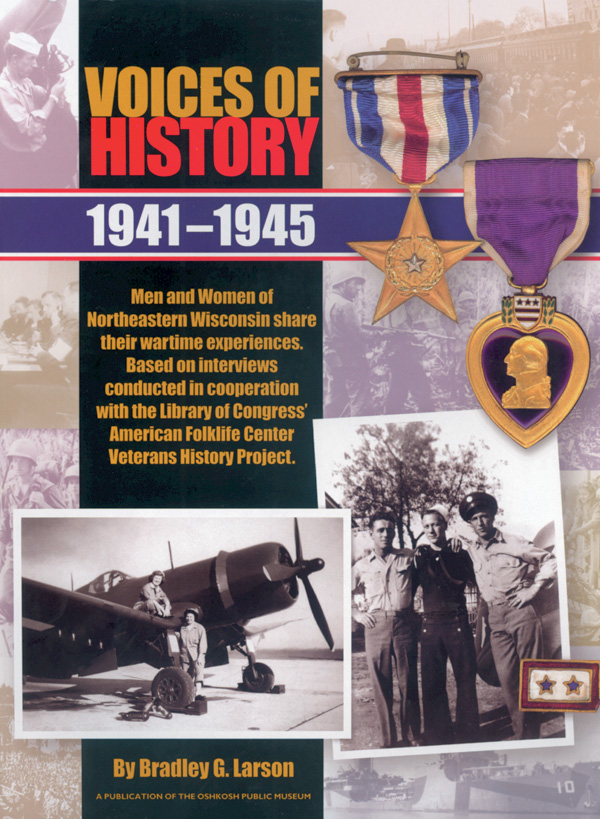 Based on oral interviews with Oshkosh men and women, supplemented by letters, diaries, and other documents, this superbly crafted volume tells, in 18 compelling chapters, the experience of Oshkosh residents immediately before, during, and at the end of World War II. While a number of chapters focus on the military (“You’re in the Army Now,” “The Journey Overseas,” “The War in the Pacific,” “The War in Europe,” “The Air War,” “The War at Sea,” “The Experience of Combat,” “Prisoners of War,” and “Women Serve in the Military”), others are devoted to the home front. Numerous topics, perhaps difficult to understand by readers today, include war bond drives, rationing, scrap aluminum and rubber collecting, bicycle messengers, and female industrial workers.
Based on oral interviews with Oshkosh men and women, supplemented by letters, diaries, and other documents, this superbly crafted volume tells, in 18 compelling chapters, the experience of Oshkosh residents immediately before, during, and at the end of World War II. While a number of chapters focus on the military (“You’re in the Army Now,” “The Journey Overseas,” “The War in the Pacific,” “The War in Europe,” “The Air War,” “The War at Sea,” “The Experience of Combat,” “Prisoners of War,” and “Women Serve in the Military”), others are devoted to the home front. Numerous topics, perhaps difficult to understand by readers today, include war bond drives, rationing, scrap aluminum and rubber collecting, bicycle messengers, and female industrial workers.
Some of the members of the World War II generation were reluctant to be interviewed for this project. Perhaps characteristically, “There was a general hesitation, humbleness, and a belief that they were just one person in a much larger, nationwide war effort. They did not want to be singled out or considered a braggart, and no one wanted to be called a hero.”
But heroes there were. From Gunner’s Mate Raymond A. Nusser, who was killed at Pearl Harbor while serving on the USS Arizona, to Orville Klotzbuecher, who served in the “hell on earth” of combat in the South Pacific, to Woman Marine Bea Griffin, Oshkosh residents served their country—and 155 died in its defense. The city’s industries also contributed to the war effort. OshKosh B’Gosh made camouflage Marine uniforms, Oshkosh Trunk manufactured celestial navigators, Wisconsin Axle made tank transmissions, and Bell Machine made mortar tubes and shells. All of these threads, and others, were part of the overall tapestry of the wartime experience of Oshkosh and its men and women.
This large-format, glossy-paged book is amply illustrated. It contains wartime photos of many of the people mentioned, contemporary photographs of Oshkosh, overseas military scenes, newspaper articles, posters, and many others. There is a magnetic quality to many of the photographs, reflecting a nostalgic and poignant attraction to a time of relative moral clarity, with its shared experiences and sacrifices, and to a world of seeming innocence gone by that lives only in the memories of those who experienced it.
Voices of History, 1941-1945, is a wonderful record of the experiences, contributions, and sacrifices of those Oshkoshians who lived through the conflagration of World War II. It helps preserve and perpetuate local history and heritage as well. The stories of these stalwart Oshkosh residents definitely “will provide inspiration future generations will need when it is their turn.”
Recent and Recommended
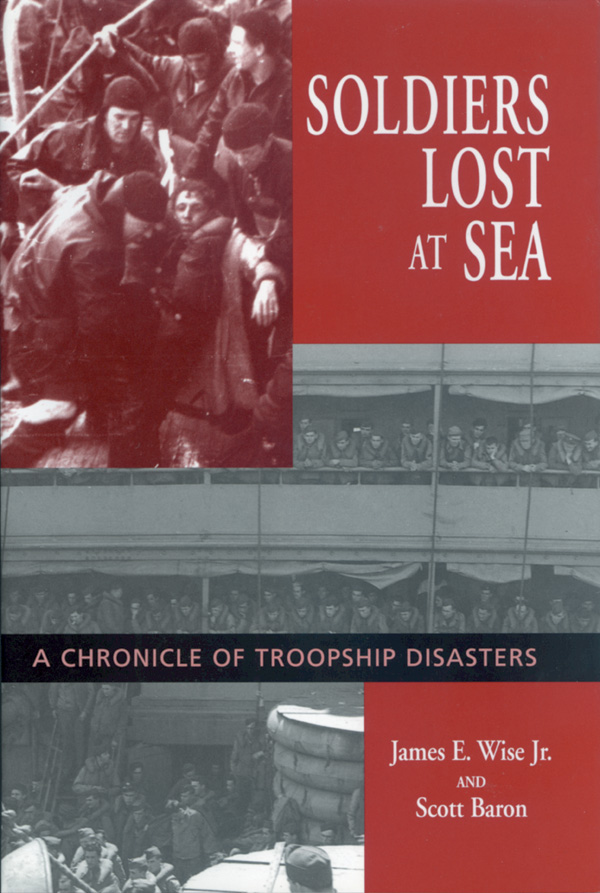 Soldiers Lost at Sea: A Chronicle of Troopship Disasters, by James E. Wise, Jr., and Scott Baron, Naval Institute Press, Annapolis, Md., 2004, 296 pp., illustrations, appendices, notes, glossary, bibliography, index, $29.95 hardcover.
Soldiers Lost at Sea: A Chronicle of Troopship Disasters, by James E. Wise, Jr., and Scott Baron, Naval Institute Press, Annapolis, Md., 2004, 296 pp., illustrations, appendices, notes, glossary, bibliography, index, $29.95 hardcover.
Soldiers Lost at Sea is a fascinating book. It is an authoritative “compilation of stories about historic troopship disasters caused by torpedoes, aerial attacks, mines, surface fire, foul weather, friendly fire, and poor planning by military decision makers.”
An early memorable incident involved the Birkenhead, the first British naval vessel built specifically as a troopship. In 1852, the Birkenhead struck a reef off the South African coast. To avoid panic, all soldiers were ordered into formation on the deck as three lifeboats loaded with all women, children, and crewmen were lowered into the sea. In an unparalleled example of “heroic constancy and unbroken discipline,” the soldiers remained steady and went down with the ship, with 445 men (of a total of 638 people on board the ship) eventually perishing.
Many other troopships, as described in Soldiers Lost at Sea, were sunk with horrendous losses during the American Civil War and the two world wars, although such information was frequently kept secret for operational security reasons. Containing many attention-grabbing illustrations and detailed appendices, this interesting chronological narrative fills a void in the study of maritime operations.
In Brief
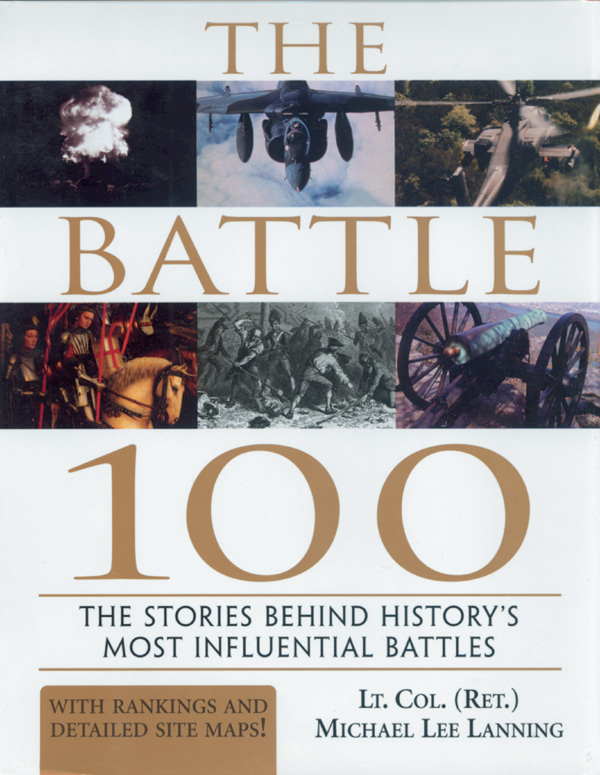 The Battle 100: The Stories Behind History’s Most Influential Battles, by Michael Lee Lanning, Sourcebooks, Naperville, Ill., 2003, 356 pp., maps, bibliography, index, $24.95 hardcover.
The Battle 100: The Stories Behind History’s Most Influential Battles, by Michael Lee Lanning, Sourcebooks, Naperville, Ill., 2003, 356 pp., maps, bibliography, index, $24.95 hardcover.
“Battles decide everything,” observed Prussian military theorist General Carl von Clausewitz. Contemporary military author Michael L. Lanning echoes that sentiment in this ambitious volume in which he ranks, describes, and evaluates history’s 100 most influential battles. Spanning the centuries and the continents, Lanning believes that the five most influential battles were Yorktown (1781), Hastings (1066), Stalingrad (1942-1943), Leipzig (1813), and Antietam (1862). The last five on his list are the Thames River (1813), Paardeberg (1900), Tel-el-Kebir (1882), Vyborg (1918), and the Little Big Horn (1876). Each battle narrative averages three pages with a generally adequate map. The rationale for a battle’s selection among the top 100 is based on the “long-term influence of the battles rather than any one battle’s decisiveness or direct outcome.” While not everyone may agree with Lanning’s selections or assessments, this interesting and provocative book merits a large readership.
Intelligence in War: Knowledge of the Enemy from Napoleon to Al-Qaeda, by John Keegan, Alfred A. Knopf, New York, 2003, 387 pp., illustrations, maps, references, select bibliography, index, $30.00 hardcover.
The theme of Sir John Keegan’s new book is that “intelligence in war, however good, does not point out unerringly the path to victory.” To support his argument, Keegan examines— within a five-stage intelligence framework of acquisition, delivery, acceptance, interpretation, and implementation—a number of historical case studies. These six, which begin with 1798 British naval operations in the Mediterranean culminating in the Battle of the Nile, include three analyses from World War II. Two of these are the 1941 Battle of Crete, where the British possessed a tremendous Ultra intelligence advantage over the attacking Germans, but lost the campaign, and the 1942 Battle of Midway. These case studies suggest that “intelligence, however good, is not necessarily the means to victory; that, ultimately, it is force, not fraud or forethought, that counts.” While this book is well written and interesting and its analyses thoughtful, the conclusion, at least to practitioners of the art of war, is rather obvious.
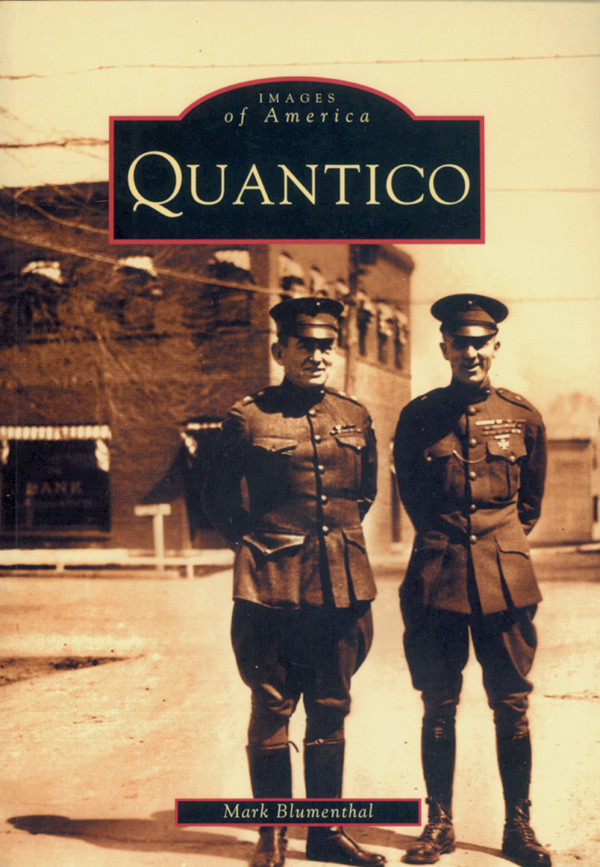 Quantico, by Mark Blumenthal, Images of America Series, Arcadia, Charleston, SC, 2003, 128 pp., illustrations, map, $19.99 softcover.
Quantico, by Mark Blumenthal, Images of America Series, Arcadia, Charleston, SC, 2003, 128 pp., illustrations, map, $19.99 softcover.
The U.S. Marine Corps and Quantico are almost synonymous. Established in 1917, Marine Barracks Quantico (as it was then called) was an advanced infantry training center and point of embarkation for troops deploying to Europe in World War I. Quantico was used as a staging base for expeditionary operations between the wars. Since 1942, it has performed a key role in the professional development and education of Marine leaders, in combat development, and in recruiting. This superb pictorial history includes over 220 fascinating and well-captioned photographs, offering a revealing portrait of Marine personalities and the evolution of a military installation. The volume will be of interest to Marines who served at Quantico and want to take a trip down memory lane, to those interested in the Marine Corps, and to students of military architecture and the development of a military base and training facility.
At Wellington’s Right Hand: The Letters of Lieutenant-Colonel Sir Alexander Gordon, 1808-1815, edited by Rory Muir, Sutton Publishing for the Army Records Society, Phoenix Mill, Stroud, Glos., UK, 2003, 458 pp., illustration, maps, notes, biographical notes, bibliography, index, $92.00 hardcover.
British Army Lt. Col. Sir Alexander Gordon served as aide-de-camp to Field Marshal the Duke of Wellington from 1809 to 1815. Gordon served with Wellington from the Peninsular War to Waterloo. During all this time, Gordon, who had become one of Wellington’s most trusted confidants, wrote to his aristocratic brother weekly letters that “give an immediate account of how Wellington’s plans changed as information gradually came to hand, and the fog of war swirled and eddied; rather than the more cautious, less revealing, account which Wellington sent home to the government in his dispatches.” Gordon died of wounds received at Waterloo, but his interesting, informative, and well-edited letters live on to provide mute witness to Wellington’s generalship.
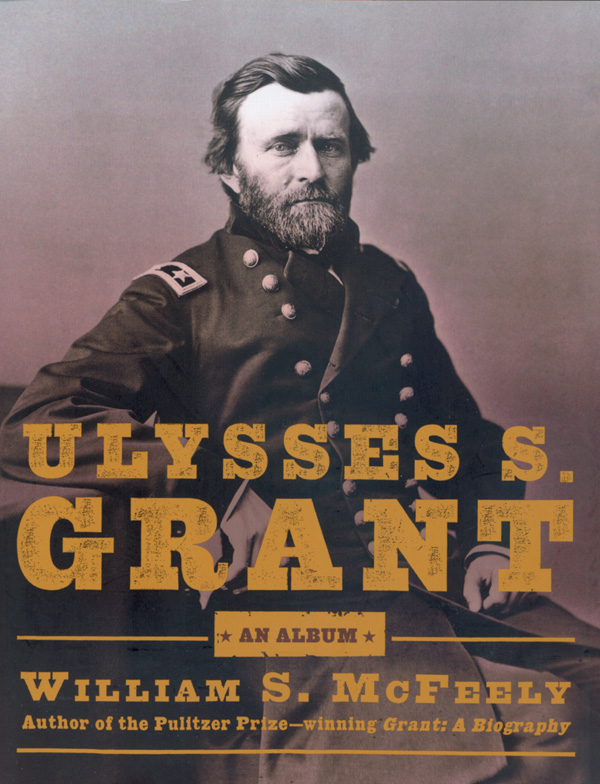 Ulysses S. Grant, An Album: Warrior, Husband, Traveler, “Emancipator,” Writer, by William S. McFeely, W.W. Norton, New York, 2004, 144 pp., illustrations, credits, $32.50 hardcover.
Ulysses S. Grant, An Album: Warrior, Husband, Traveler, “Emancipator,” Writer, by William S. McFeely, W.W. Norton, New York, 2004, 144 pp., illustrations, credits, $32.50 hardcover.
Ulysses S. Grant, in spite of having commanded the Union Army during the Civil War and later having served as president of the United States, remains an enigma. In this profusely illustrated study, author and previous Grant biographer William S. McFeely perceptively assesses a number of facets of Grant’s beliefs, accomplishments, and life. Grant, for example, translated concern for black war refugees into action by appointing chaplains to look out for their welfare but became somewhat apathetic about the plight of blacks after the Civil War. Other topics explored include Grant’s relationship with his wife, his portrayal by photographers, his domestic life and world travels, and the trials associated with the completion of his masterpiece Personal Memoirs. This mesmerizing and enjoyable book offers a revealing look, mainly through photographs and other images, of Grant’s life and of his unique role in American history.
The CSS Hunley: The Greatest Undersea Adventure of the Civil War, by Richard Bak, Cooper Square Press, New York, 2003, 200 pp., illustrations, maps, appendices, chronology, bibliography, $18.94 softcover.
The Confederate submarine CSS Hunley gained maritime immortality on February 17, 1864, when it became history’s first underwater vessel to sink an enemy ship. This superbly written study recounts in vivid detail the visionary projects of Horace L. Hunley and others, as well as earlier experiences, in the development of submarines and underwater warfare. Lavishly illustrated with numerous contemporary photographs, this book also contains many computer-generated illustrations that depict the Hunley’s successful attack on the Housatonic, and both ships’ subsequent sinking. In the year 2000, after a successful archaeological treasure hunt, the Hunley was raised and is the subject of a fascinating preservation and research program.
Bullets and Bacilli: The Spanish-American War and Military Medicine, by Vincent J. Cirillo, Rutgers University Press, New Brunswick, NJ, 2004, 241 pp., illustrations, tables, notes, bibliography, index, $55.00 hardcover.
The four-month long 1898 Spanish-American War was significant for many reasons. It was, as chronicled and assessed by Vincent J. Cirillo, “the first major war fought after the establishment of the germ theory of disease and the diagnostic value of X-rays.” In this scholarly and penetrating study, Cirillo sets the stage by examining the organization and administration of the U.S. Army and its Medical Department before and during the war. Disease and combat casualties are compared, and the preventable typhoid fever epidemic, the war’s major killer, is analyzed. Senior officers petitioned the War Department to redeploy the Army from Cuba before it was ravaged further by disease. With seven times as many soldiers killed by disease as enemy bullets, the Spanish-American War was a watershed conflict in reforming military medicine and surgery.
Last of the Red Devils: America’s First Bomber Pilot, by Frank Joseph, Galde Press, Lakeville, Minn., 2003, 160 pp., illustrations, $12.95 softcover.
Edward Lindsay, born in Illinois in 1893, flew bomber planes of the 96th Aero Squadron—the “Red Devils” —in combat during World War I. Dangerously defying gravity, flying a flimsy aircraft through exploding antiaircraft shells and a hail of enemy machine-gun fire in the skies over France was an exhilarating experience, according to Lindsay. This vividly told memoir is based on a series of interviews Lindsay gave to Frank Joseph in the mid-1980s. Compelling and entertaining, the chronicle sheds light on a little known aspect of aviation history during World War I, as well as on Lindsay’s own love affair with flying. It is also a testimony on how the adrenaline-filled experiences of combat can unwittingly serve as the pinnacle of a soldier’s entire life.
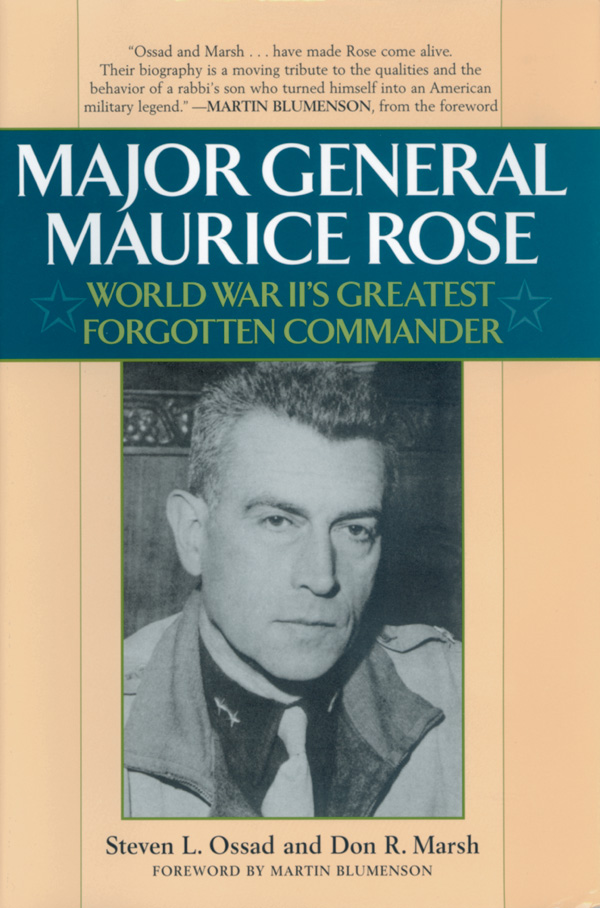 Major General Maurice Rose: World War II’s Greatest Forgotten Commander, by Steven L. Ossad and Don R. Marsh, Taylor, Lanham, Md., 2003, 436 pp., illustrations, maps, appendices, notes, bibliography, index, $27.95 hardcover.
Major General Maurice Rose: World War II’s Greatest Forgotten Commander, by Steven L. Ossad and Don R. Marsh, Taylor, Lanham, Md., 2003, 436 pp., illustrations, maps, appendices, notes, bibliography, index, $27.95 hardcover.
Major General Maurice Rose, commanding general of the 3rd Armored Division, was killed in action on March 30, 1945, in Germany. He was, according to the authors, one of only three U.S. combat division commanders killed in action during World War II. This interesting book chronicles Rose’s life and career, from his birth in 1899, through World War I and the interwar years, to World War II, in which he proved himself an outstanding officer and was promoted rapidly. The authors emphasize that Rose was the son of a rabbi, question whether he was killed because he was Jewish, and assert that Rose was the “highest ranking American Jewish officer ever killed in battle.” This seems ironic, since Rose himself declared on no less than six occasions, beginning in 1918, that he was Protestant. Rose’s life story and military accomplishments are worth remembering, but the authors’ apparent attempts to meet some preconceived agenda detract from both Rose’s achievements and the effectiveness of this conjecture-filled “biography.”
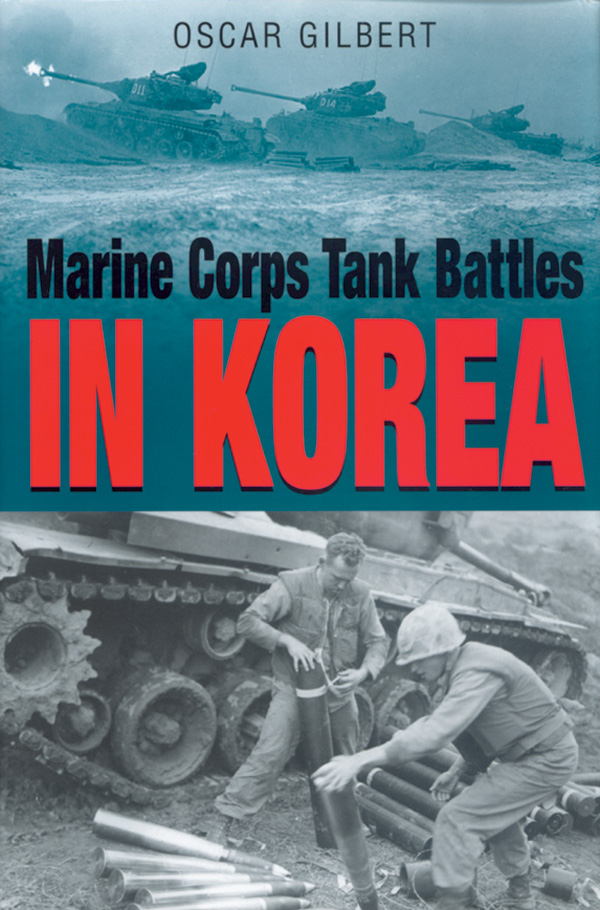 Marine Corps Tank Battles in Korea, Havertown, Pa., 2003, 308 pp., illustrations, maps, notes, references, index, $34.95 hardcover.
Marine Corps Tank Battles in Korea, Havertown, Pa., 2003, 308 pp., illustrations, maps, notes, references, index, $34.95 hardcover.
The contributions of U.S. Marine Corps tank units to military operations during the Korean War have been overlooked even more than the war itself. The Provisional Marine Brigade, which included one M-26 tank-equipped company, reinforced Allied units in the Pusan Perimeter in August 1950. Frequently outnumbered, Marine tank units later fought at Inchon, in the frigid Chosin Reservoir campaign, at the Jamestown Line, and in unforgiving terrain on other inhospitable battlefields. These battles and the men who fought in them are here given the recognition and credit they deserve. The book’s sweeping narrative, interspersed with veterans’ anecdotal accounts and extracts from official records, will have a wide appeal to students of armor tactics, the Korean War, and the human element in combat.
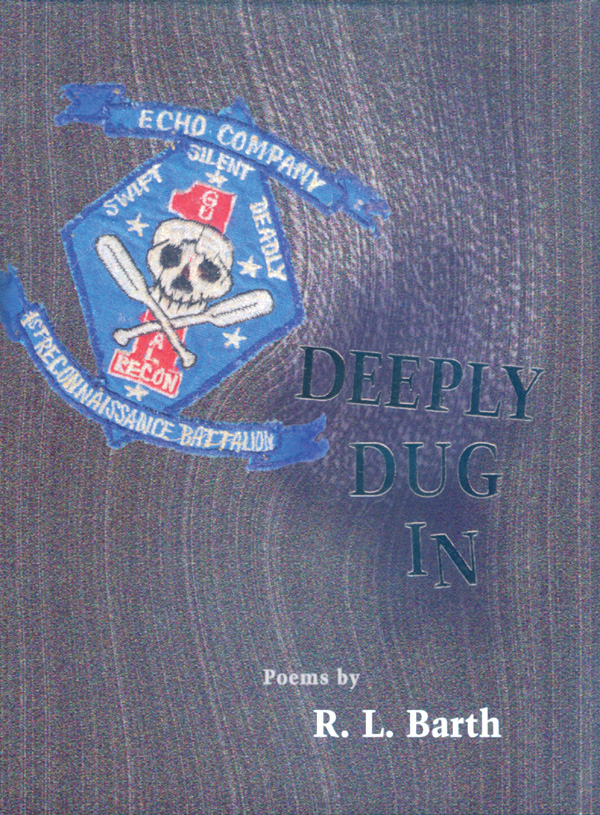 Deeply Dug In, by R.L. Barth, University of New Mexico Press, Albuquerque, 2003, 78 pp., $16.95 hardcover.
Deeply Dug In, by R.L. Barth, University of New Mexico Press, Albuquerque, 2003, 78 pp., $16.95 hardcover.
This slim volume of satiric epigrams, Deeply Dug In, takes its name from the line in the short Roman poem that states, “Go tell the Spartans that we hold this land, Deeply dug in, obeying their command.” Poet R.L. Barth is a modern-day successor to the Spartans, having served in Vietnam as a combat patrol leader with the 1st Marine Reconnaissance Battalion. His wartime experiences, as conveyed in these poignant poems, were searing and caused tremendous soul-searching. Barth’s rhymed verse, occasionally humorous, frequently bitter, and always eloquent, points out, among many other issues, the hypocrisy of those who advocate war and those who actually fight it. From “A Child Accidentally Napalmed” to “For Unused Graves” and “Seeing the Wall, Thinking of Clinton,” Barth’s poems convey the heart-wrenching experiences and timeless horrors of war.
Warrior Soul: The Memoir of a Navy SEAL, by Chuck Pfarrer, Random House, New York, 2004, 332 pp., illustrations, glossary, $25.95 hardcover.
Chuck Pfarrer, now a Hollywood screenwriter, served as assault team commander of SEAL Team 6, the Navy’s “premier counter-terrorist unit,” from 1981 to 1989. During this time he participated in many clandestine operations, described here in hair-raising detail. His first independent mission, to recover the booster section of a Trident ballistic missile sunk in the mid-Atlantic, ended up being a cat-and-mouse game with the Soviets. Pfarrer also led numerous intelligence-gathering and combat patrols in Beirut in 1983, where the artillery “shellings seemed an incredibly violent meteorological phenomena, a kind of killer weather,” and a terrorist attack killed 241 Americans. While this autobiography focuses on the macho aspects of SEAL training, camaraderie, and operations, Pfarrer also touches on some personal details, including his recent bout with cancer. This fast-paced, adventure-filled story, while leaving a number of questions unanswered and with a few of the situations straining credibility, provides a glimpse into the world of naval black operations.
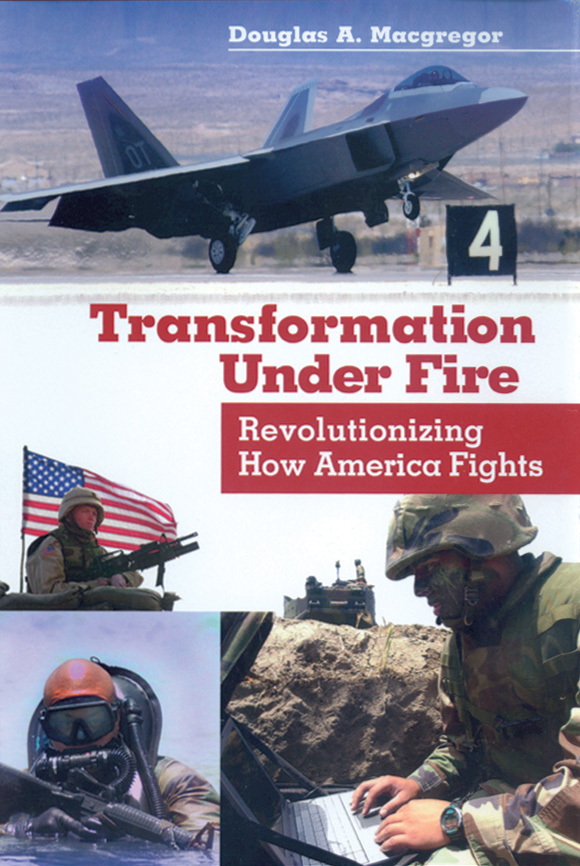 Transformation Under Fire: Revolutionizing How America Fights, by Douglas A. Macgregor, Praeger, Westport, Conn., 2003, 300 pp., illustrations, tables, appendix, notes, glossary, index, $34.95 hardcover.
Transformation Under Fire: Revolutionizing How America Fights, by Douglas A. Macgregor, Praeger, Westport, Conn., 2003, 300 pp., illustrations, tables, appendix, notes, glossary, index, $34.95 hardcover.
The U.S. Army that stared down the Soviets during the Cold War was heavy and ponderous, composed largely of tanks and armored fighting vehicles. Since the demise of the Soviet Union, the nature of warfare and of the enemy has changed. In order to maintain any relevance, according to Army Colonel Douglas A. Macgregor, the Army must transform into a lighter, more mobile, and more lethal force. Based on recent military operations in Afghanistan and Iraq, Macgregor advocates replacing the current large and outdated division with a rapidly deployable, 5,000-man modular force that can be quickly plugged into a larger joint expeditionary force. This new proposed Army force structure, according to the author, would have fewer echelons, a faster decision cycle, and be cheaper to modernize—although there could be control problems. Macgregor also recommends in this provocative study major changes in the Army’s operational doctrine, joint concepts, the need for fundamental change in the army culture, and the development of leaders with “brains, breadth and stamina.” In today’s Global War on Terrorism, the Pentagon’s senior civilian and military leaders—who should read this book—must be afraid of nothing, not even a new idea.
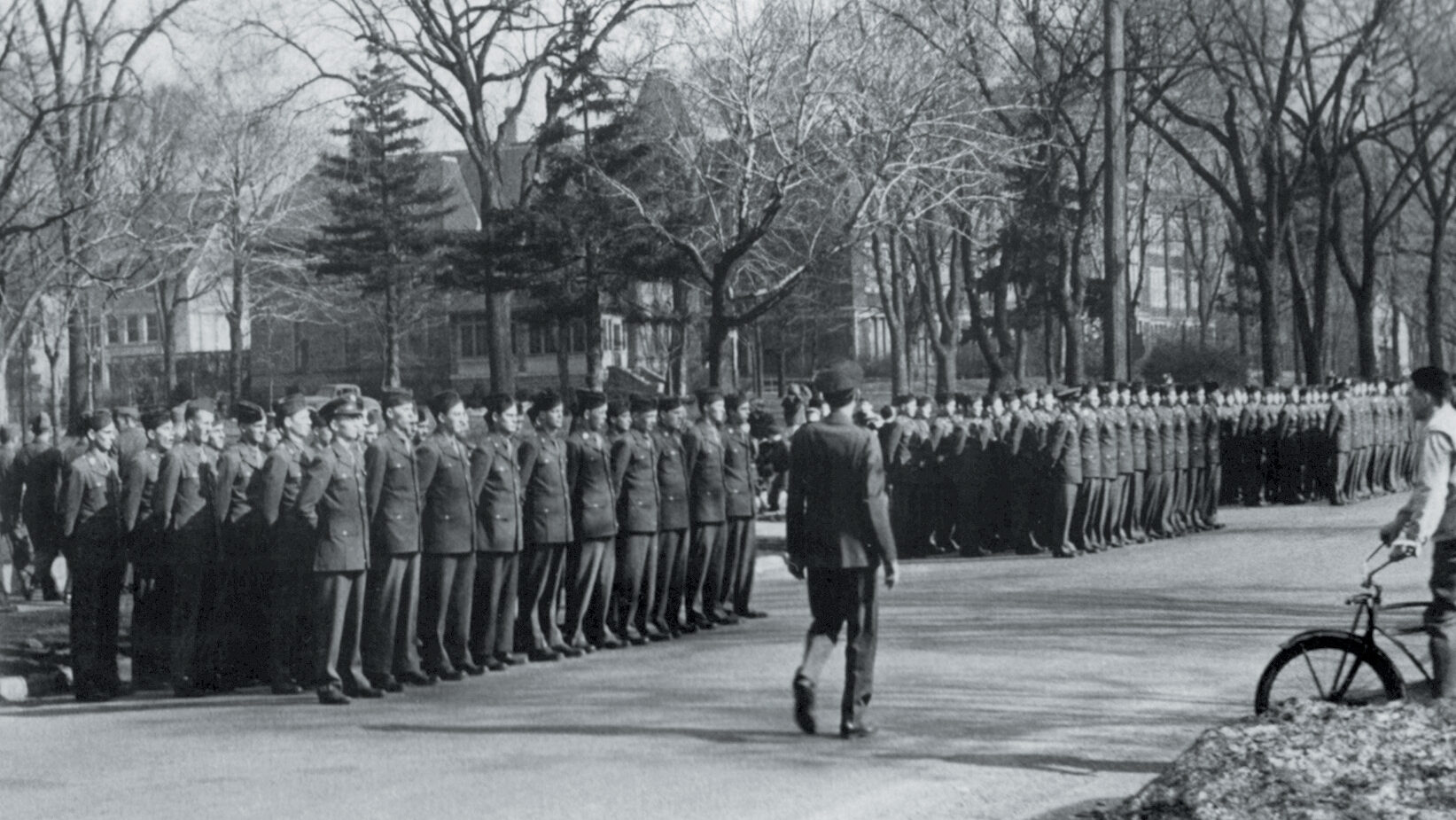
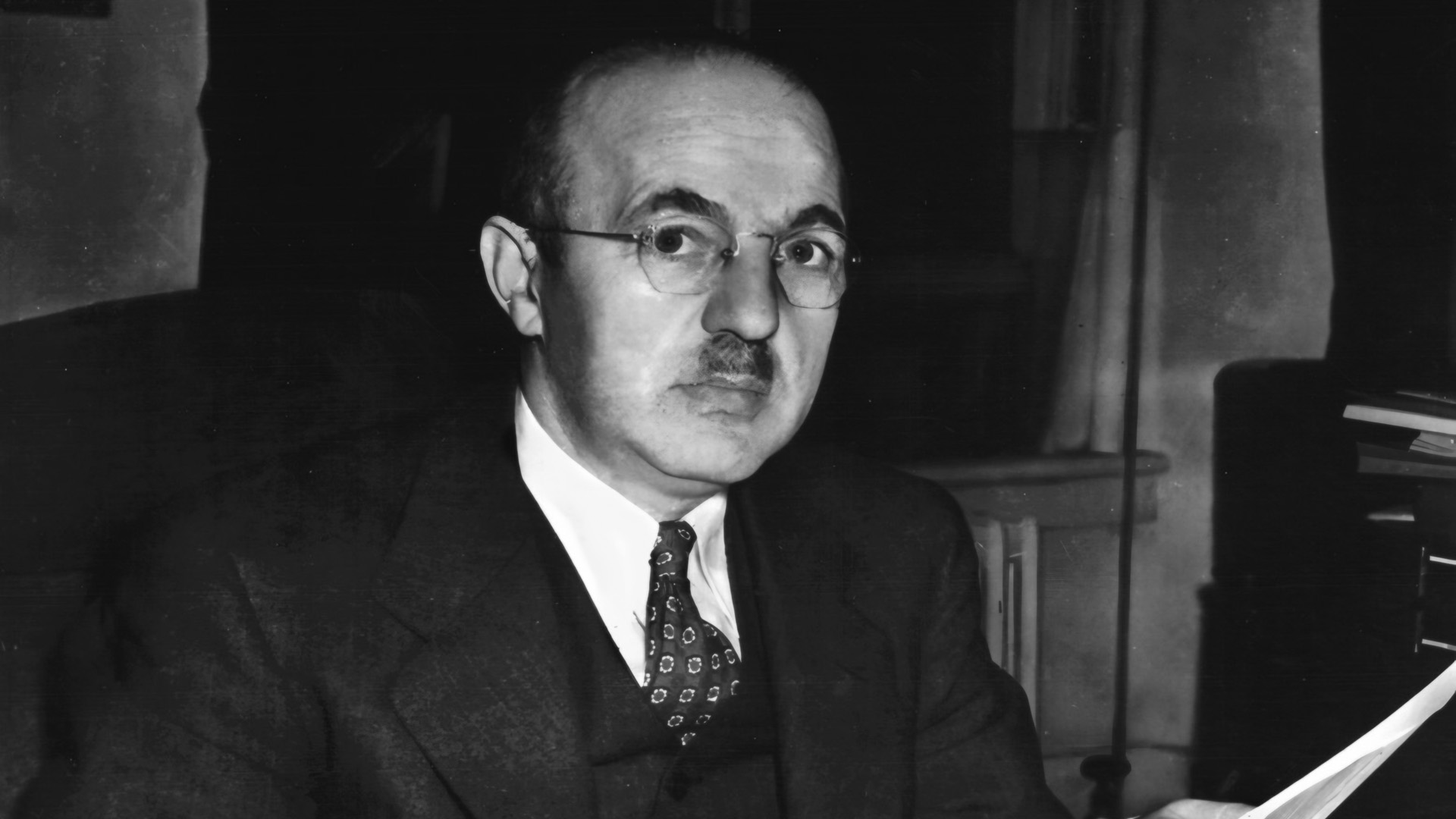
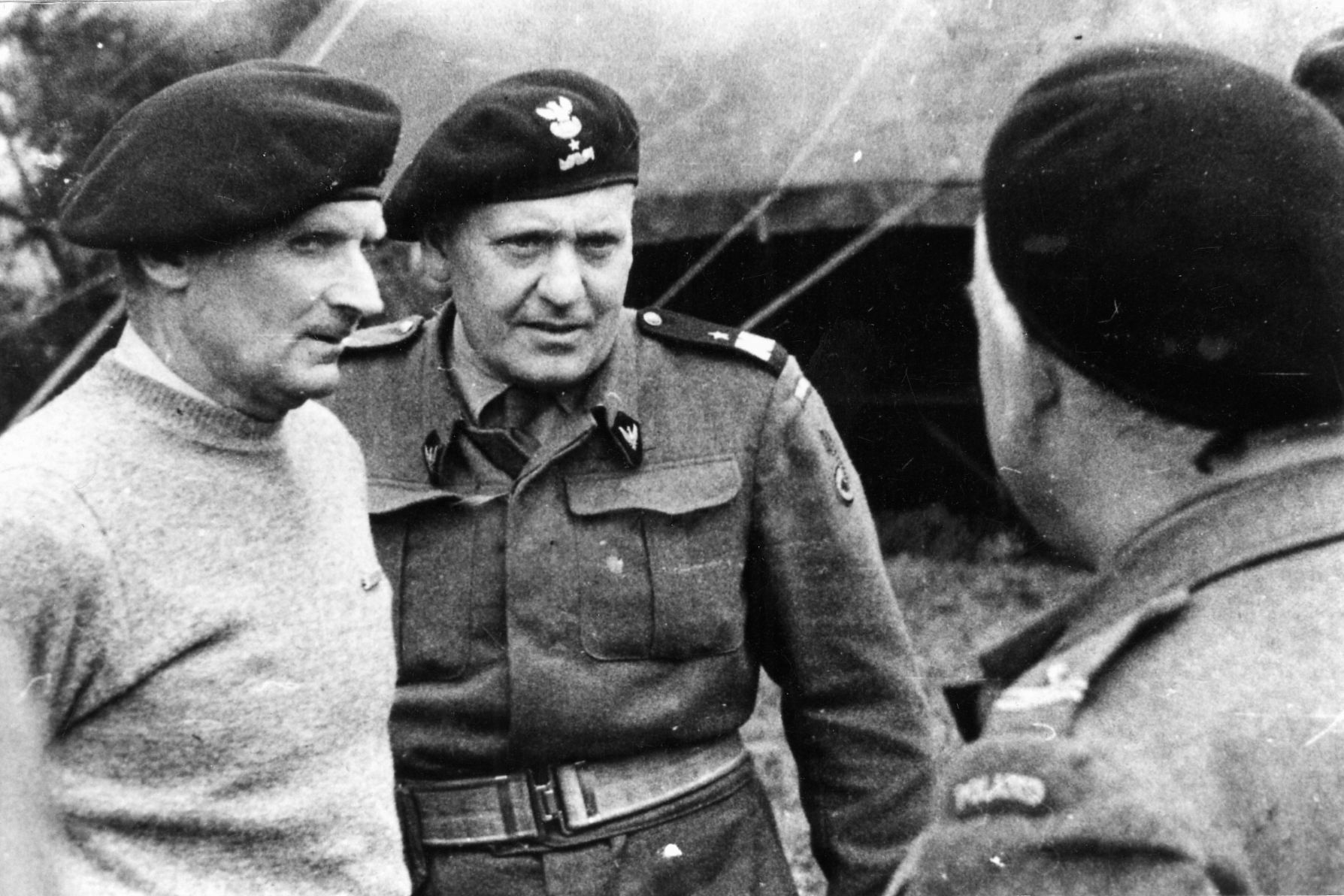
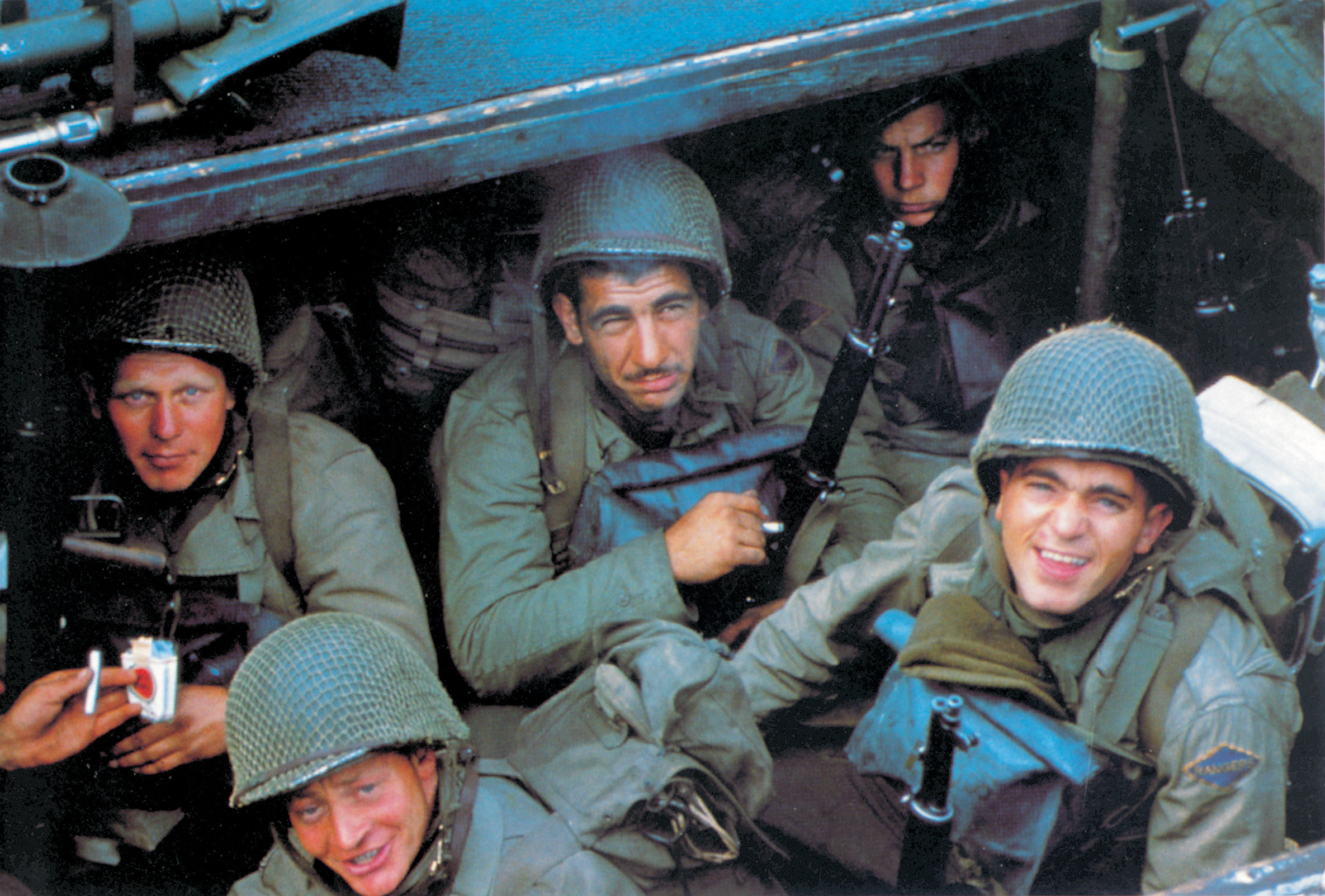
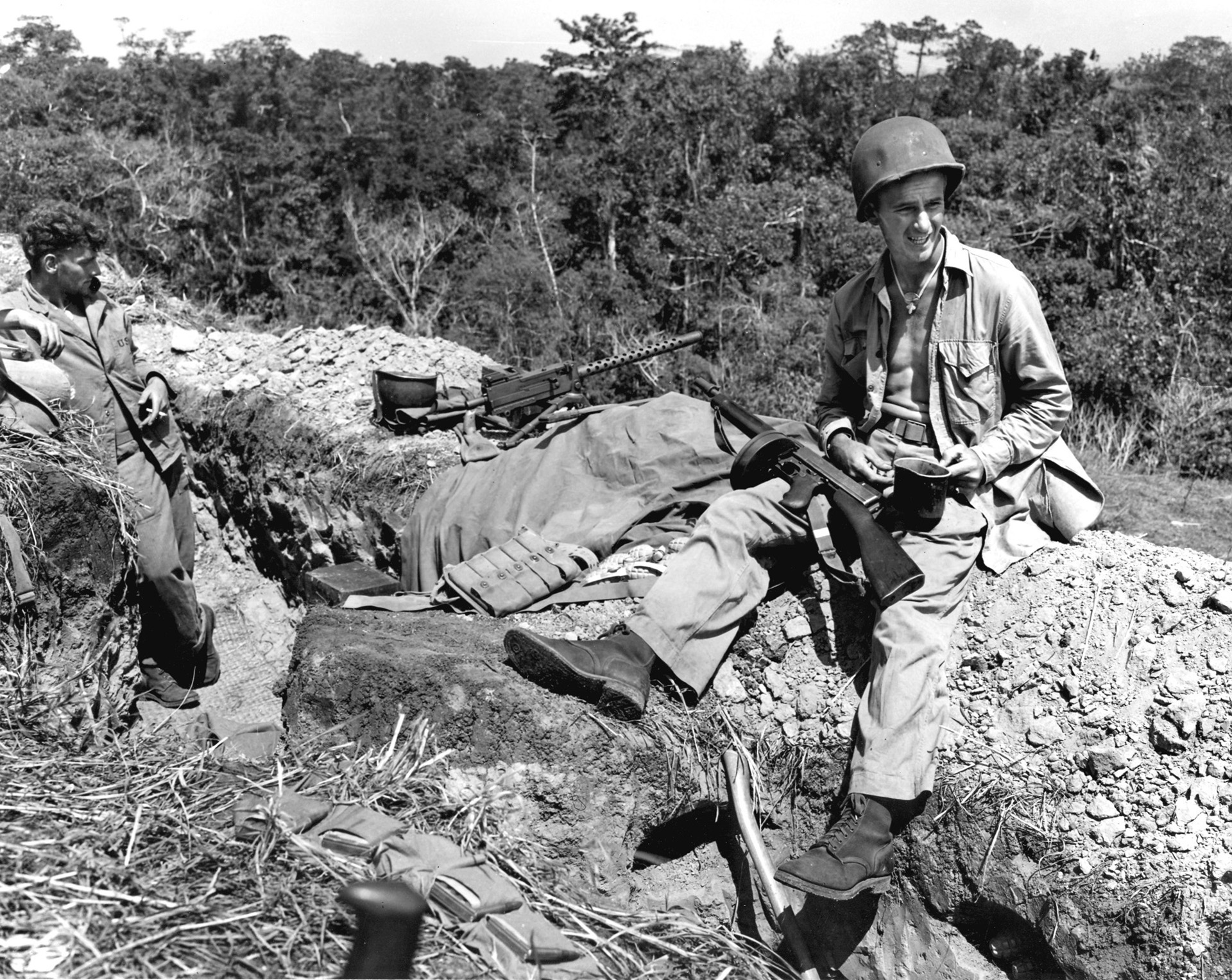
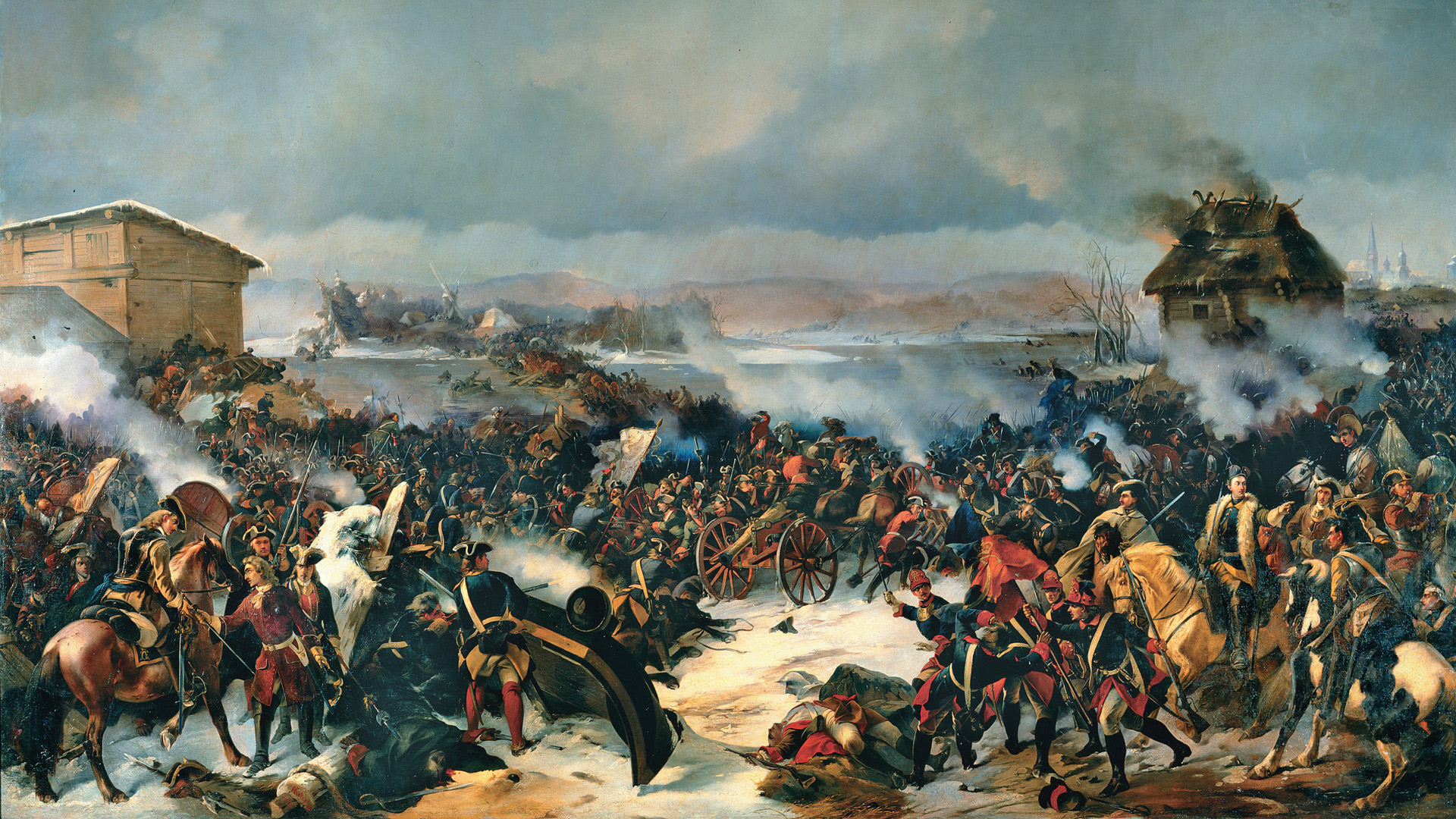
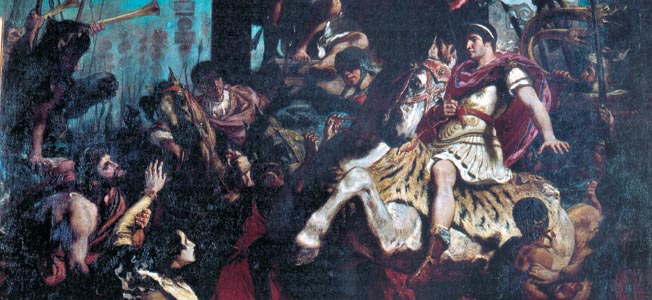
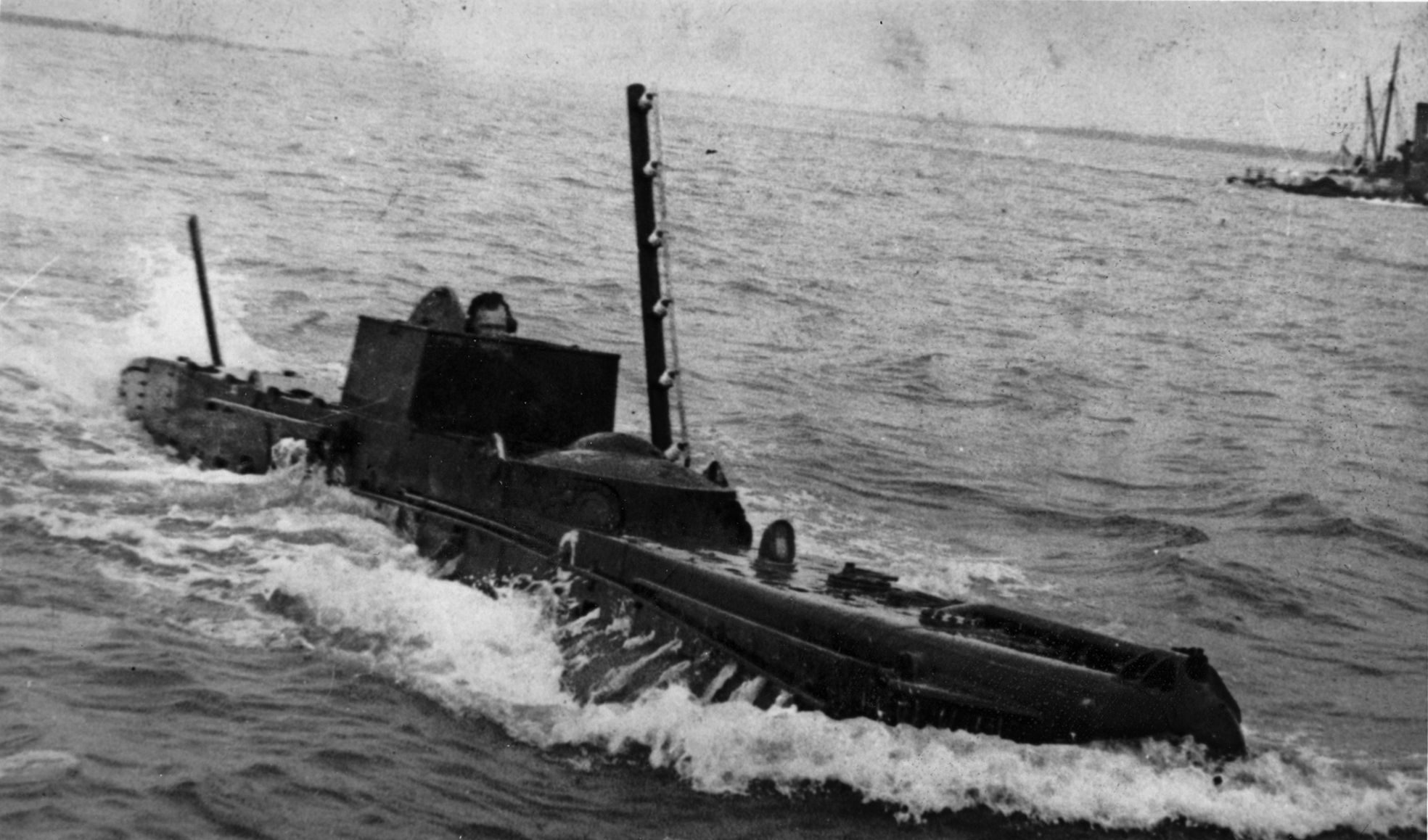
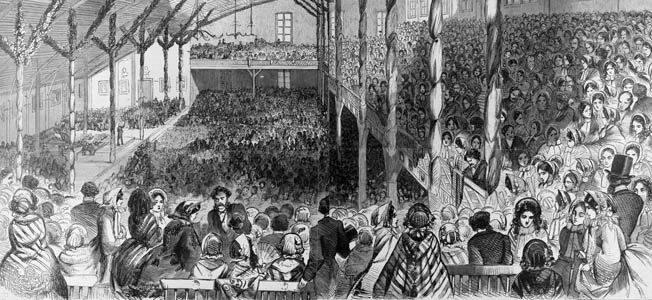
Join The Conversation
Comments
View All Comments